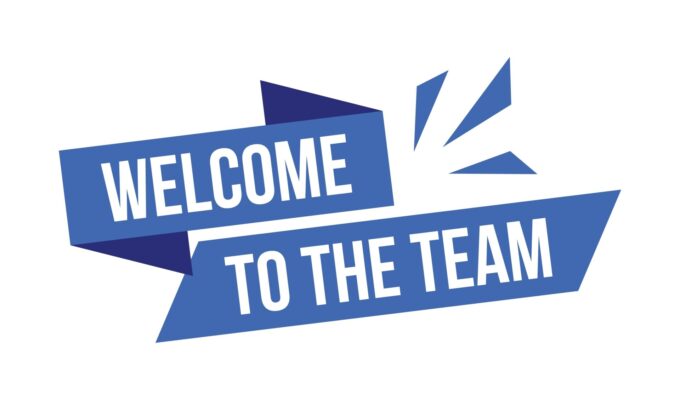If you’re trying to decide between a 401(k) and an IRA for your retirement savings, it’s important to understand the key differences between these two popular tax-advantaged accounts. Both offer valuable benefits, but the optimal choice depends on your specific financial situation and goals. Let’s dive into the details to help you pick the right account.
Contribution Limits
In 2024, you can contribute up to $7,000 a year to an IRA, with an additional $1,000 catch-up contribution if you’re 50 or older, for a total of $8,000. 401(k)s have significantly higher limits – $23,000 for those under 50, and $30,500 for those 50 and up. If you have a high income and want to maximize your retirement savings, a 401(k) allows you to contribute much more.
Tax Treatment
Both traditional 401(k)s and IRAs offer tax-deferred growth, meaning you don’t pay taxes on the money until withdrawal in retirement. However, the tax treatment of contributions differs:
- 401(k) contributions are made pre-tax, lowering your taxable income now
- Traditional IRA contributions may or may not be tax-deductible, depending on your income and whether you have a retirement plan at work
Roth 401(k)s and Roth IRAs use after-tax dollars, but qualified withdrawals in retirement are tax-free. Roth IRAs also have income limits that phase out contributions for higher earners.
Employer Involvement
401(k)s are employer-sponsored plans, so you can only participate if your company offers one. Your contributions are automatically deducted from your paycheck. An IRA, on the other hand, is an individual account you open on your own, typically with a brokerage firm.
Some employers offer matching contributions to 401(k) plans, which is essentially free money for your retirement. If your company matches, it’s usually worth contributing at least enough to get the full match.
Investment Options
With a 401(k), your investment choices are limited to the funds selected by your plan administrator. An IRA offers a much wider range of investment options, including stocks, bonds, mutual funds, ETFs, and more. This flexibility can be valuable if you want more control over your portfolio.
Withdrawals and Penalties
Both 401(k)s and traditional IRAs generally have a 10% penalty for withdrawals before age 59 1/2, with some exceptions, such as withdrawals due to permanent disability, unreimbursed medical expenses exceeding 7.5% of adjusted gross income, or qualified education expenses. 401(k) plans may have additional restrictions on early withdrawals. Required minimum distributions (RMDs) must begin around age 73 for both 401(k)s and traditional IRAs. Roth IRAs are not subject to RMDs during the owner’s lifetime.
Portability
If you change jobs, you can roll over your 401(k) to your new employer’s plan or an IRA. An IRA is not tied to your employer, so you can keep it if you switch jobs.
Fees
401(k) plans tend to have higher fees on average compared to IRAs. This is an important consideration, as fees can eat into your returns over time.
Choosing the Right Option
Which is best for you? Here are some guidelines:
- If your employer offers a 401(k) match, contribute at least enough to get the full match, as it’s essentially free money.
- If you want to maximize your retirement savings and have a high income, max out your 401(k) first, then contribute to an IRA.
- If you want more investment options and control, an IRA may be preferable, especially if your 401(k) has limited fund choices or high fees.
- If you expect to be in a higher tax bracket in retirement, a Roth IRA or Roth 401(k) can provide tax-free withdrawals.
The ideal scenario is to contribute to both a 401(k) and an IRA if you can afford it, as they offer different benefits and can work together to help you reach your retirement goals.
Ultimately, the right choice depends on your specific circumstances. Consider your income, tax situation, investment preferences, retirement timeline and goals. If you’re unsure, it’s always wise to consult with a Certified Financial Planner Professional™ who can provide personalized guidance.
Any opinions are those of Ellenore Baker and not necessarily those of Raymond James. The information has been obtained from sources considered to be reliable, but we do not guarantee that the foregoing material is accurate or complete.
Ellenore holds an MBA in Finance and International Business from New York University. She started her career as a floor trader for Goldman Sachs, and received her CFP from Southern Methodist University. Outside of work, Ellenore is heavily involved in Women's organizations such as the Texas Women's Foundation.


 Linkedin
Linkedin
 Facebook
Facebook



